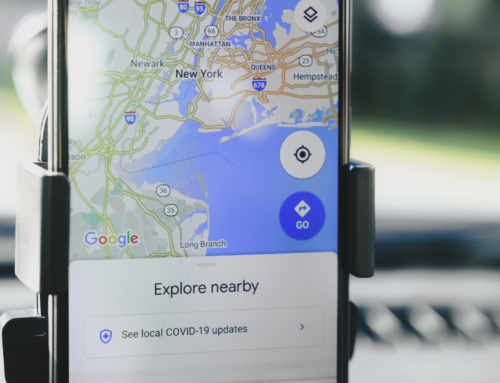Google has Launched a new Certification Program for Mobile Site Developers
Mobile devices continue to drive demand and traffic for online companies. Recently, Google has started to provide a certification for mobile Web developers.
Google, also known as Alphabet Inc., has provided certification for additional programs such as Google AdWords for online advertising, Google Analytics for data managers, and Google Developer for people that like to code.
The company just recently rolled out training and a lengthy exam. Google is known for making tough certification exams. After studying for days on the AdWords test, I was unable to pass it after two attempts. Some questions are not directly connected with the reading materials. They commonly ask questions that mix wording for the reading material. It is confusing, and mainly used to weed out the people that have multiple jobs, or responsibilities with little time to memorize their material.
After obtaining a master’s degree in professional media and media management, it is not the material that is difficult, it is the manner in which Google expects people to remember the data and apply it the way they see best fit. Overall, in life and in mobile design, there is more than one right answer, which pushes me to let people know it is okay to just go through the training and learn the material. It is my view that learning the material is far, far more important than what a test projects as a result from learning that information.
That being said, I am going to go through some of the training and mark the important data points.
- When comparing mobile sites to applications; Mobile sites are generally less expensive to build because they use a single coding language (HTML).
- 75% of people will abandon a mobile website if it takes any longer than 5 seconds to load.
- Page Weight – All the resources that are necessary to build out a page should not be larger than 1 mb. If you find that the site is larger than this goal, you should consider removing resources or compressing where where possible.
- Take inventory of your own assets and third-party assets on your pages.
- Measure the performance of each asset: its value and its technical performance.
- Responsive web design: Serves the same HTML code on the same URL regardless of the users’ device (desktop, tablet, mobile, non-visual browser), but can render the display differently (i.e., “respond”) based on the screen size.
These are just some of the bullet points provided by Google. It is important to note that users will need to read, and re-read the material multiple times to have it memorized and ready to fill in questions during the exam.
Mobile Web design, and progressive Web applications goes beyond testing, and takes place between the producer and the user. Watch over this YouTube clip on Mobile Web user experience.




